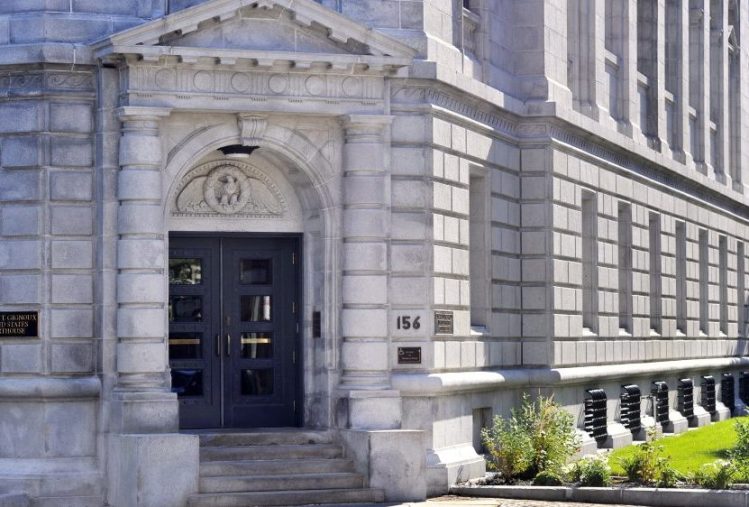The harsh treatment of low-level drug offenders ruins lives and destroys communities. It should be on the scrap heap of history. Instead, the Trump administration is bringing it back.
Attorney General Jeff Sessions sent federal prosecutors a memo last week ordering them to “charge and pursue the most serious, readily provable charge,” effectively rescinding a 2013 policy that gave prosecutors and judges flexibility when dealing with people arrested for low-level, non-violent drug crimes.
Sessions said the memo is aimed only at drug traffickers, and is meant to make it clear that the Justice Department is taking a hard line during the nationwide heroin epidemic.
But we’ve been down this road before, and we know how it turns out – with prisons full of young men, mostly of color, drugs just as prevalent, and communities no more safe than before.
Under Sessions’ order, just as in the three-plus decades of the failed “war on drugs,” prosecutors will seek the harshest penalties for the crimes that come across their desks. As a result, more offenders will go before the court facing mandatory minimum sentences that give judges no flexibility. Those offenders will be disproportionately black or Hispanic, not because they are more likely to sell or use drugs, but because they are far more likely to be stopped and searched than whites.
We know what will happen because we just watched it happen. For decades, federal prosecutors were “tough on drugs,” a philosophy that bled down to state courts as well, and as a result, between 1980 and 2014, the number of incarcerated people in the United States grew by 450 percent. In what should be our great shame, the incarcerated population in the U.S. is now four times the world average – we have 5 percent of the world’s population, but 22 percent of its prisoners.
The explosion of the prison population, and its racial makeup, was propelled by the harsh prosecution of drug crimes. Drug dealers make up half of the federal prison population, and drug users account for more than 70 percent of the people in U.S. jails and prisons. Blacks and Hispanics, who make up 30 percent of the U.S. population as a whole, account for more than half of all prisoners.
Where has that left us? For one, communities have been decimated – millions of children have lost a parent to prison, and millions of young men and women have had their earning power permanently hindered, if not destroyed. Incarceration itself costs billions of dollars a year.
We are not more safe. The drop in crime over the same time period can be attributed to other factors, and longer sentences have not been shown to reduce recidivism – in fact, they may increase it.
And drugs are more readily available and more potent than ever before, starting with a heroin epidemic that began not because of lax drug laws, but many other factors – the overprescription and unlawful dissemination of opioid pain medications, lack of drug treatment, economically hurting communities, more organized drug cartels (already subject to the harshest criminal penalties).
Then-Attorney General Eric Holder’s directive in 2013 to use more flexibility when prosecuting low-level drug offenders should have been the beginning of the end for this heinous miscarriage of justice – federal prison populations have dropped 14 percent as a result, the first decrease in 40 years. States, too, at the same time began rolling back mandatory minimum sentencing.
But now Sessions wants to end that progress to pursue a strategy just recently and conclusively shown to be ineffective and destructive. We were told once before that strict sentencing guidelines would improve our communities – let’s not fall for it again.
Send questions/comments to the editors.


